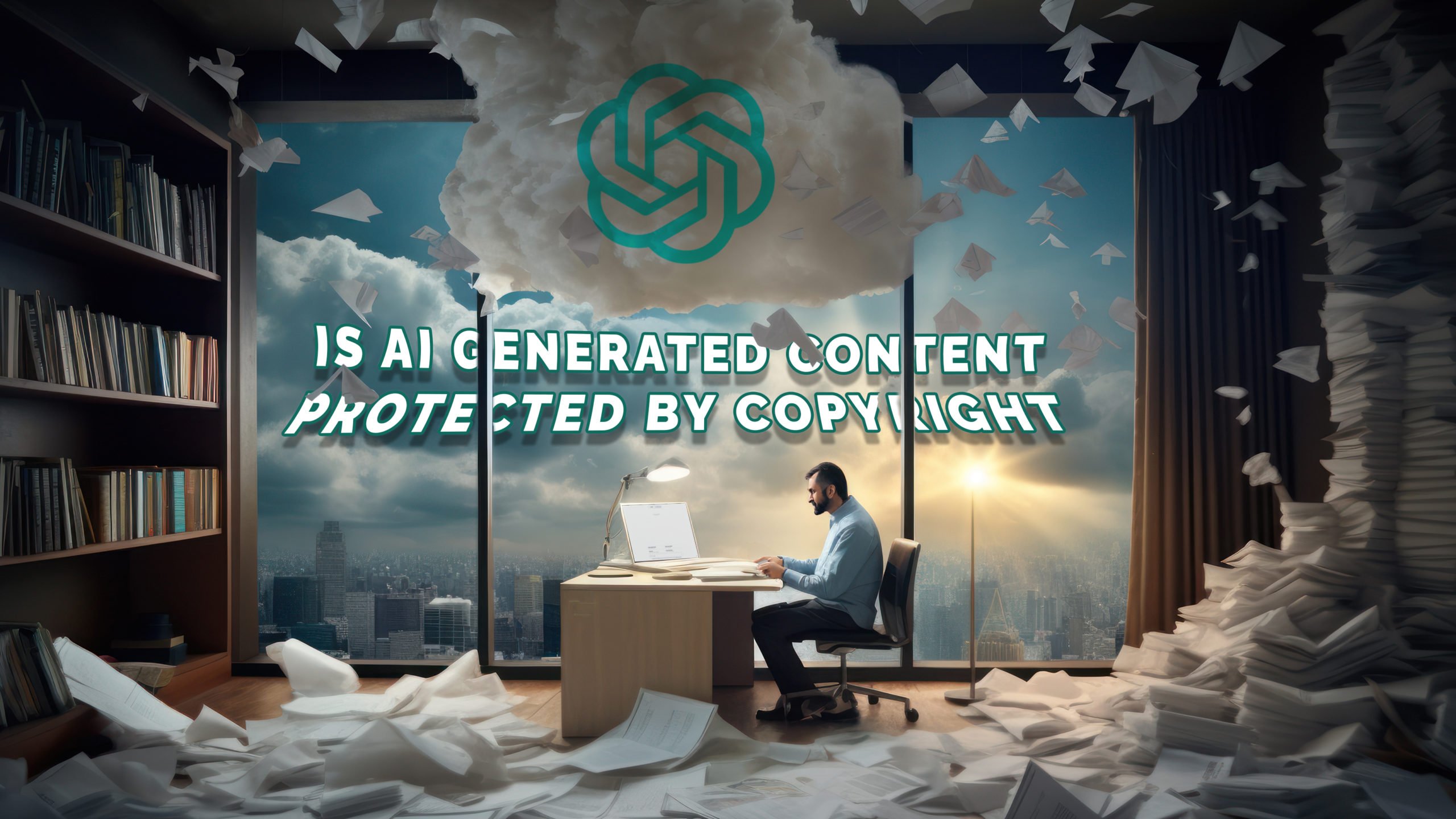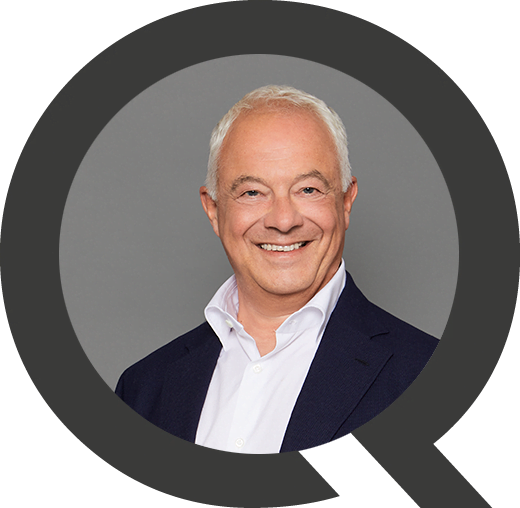At the time of writing, 100 million people around the world have used ChatGPT and more than 15 billion images have been created using text-to-image algorithms since last year.
Worryingly, 68% of employees have not informed their boss that they are using artificial intelligence generated content (AIGC) when undertaking certain tasks such as writing emails and marketing/sales content, scheduling meetings, creating images, and analysing data.
The reason lack of employer oversight is concerning is that the law surrounding AIGC is, to put it generously, unfit for purpose, especially regarding intellectual property (IP). This article, part one in a two– part series, will provide a snapshot of the latest information around the issue of whether AIGC can be protected under copyright law.
Copyright law in England and Wales
Copyright law is governed by the Copyright, Designs and Patents Act (CDPA) 1988. Copyright seeks to protect the form of creative ideas, not the ideas themselves (these can be protected via confidentiality). Copyright provides a vehicle for the authors of original work to protect their creativity and stop others from using it without permission for their own advantage.
The following categories of works are protected under UK copyright law:
- Original literary, dramatic, musical, or artistic works which, in the case of literary, dramatic, or musical works are recorded in some way.
- Sound recordings, films, or broadcasts.
- The typographical arrangements of published editions.
Copyright Protection for Primary and Secondary Works
Both primary and secondary works are protected under the CDPA 1988, though primary works receive stronger protection because they require more significant amounts of creativity and originality.
In the case of literary, dramatic, musical, or artistic works, the author or creator of the work is usually the first owner of any associated copyright. The exception to this is if any of the aforementioned works are created by an employee in their course of their employment. In this case, the employer is the copyright owner unless there is an agreement to the contrary. Where there are two or more authors who have created a work, they may have joint ownership of the copyright if their contributions are indivisible or co-authorship where separate contributions can be identified.
Under the CDPA 1988 computer-generated works are defined as “generated by computer in circumstances such that there is no human author of the work”. Therefore, the law suggests content generated by an artificial intelligence (AI) can be protected by copyright (more on this below).
Who owns the copyright of AIGC?
Let us imagine that one of your employee logs onto ChatGPT and inputs the following:
“1000 words on why triple glazing is better than double glazing”
ChatGPT provides the employee with a 1000-word output. They lightly edit the piece, for example, by adding a call to action, and then publish it on the organisation’s website as a blog.
Who owns the copyright? There are five possibilities:
- The employee
- The employer
- Open AI (the owner and creator of ChatGPT)
- ChatGPT itself
- The original authors of the content used to train ChatGPT
We can discount possibility one under the CDPA 1988 as the AIGC was made in the course of employment. Possibility four can also be dismissed because the CDPA 1988 does not recognise a non-human as the author or owner of a work. And given the Government’s response to the 2021 AI consultation, this stance is unlikely to change in the near future. Possibility three cannot apply because under Open AI’s terms and conditions, “Subject to your compliance with these Terms, OpenAI hereby assigns to you all its right, title and interest in and to Output.”
This leaves possibility two and five. The latter is currently being fought out in various lawsuits across both sides of the Atlantic.
Therefore, we are left with possibility two – the employer. The next challenge is to establish whether the AI created article can fulfil the CDPA 1988 requirements of originality, authorship, ownership, and duration of the copyright.
Challenges to Copyright Ownership in AI-Generated Content (AIGC)
It is arguable that the current level of sophistication of AICG does not allow for originality. Everything ‘created’ by AICG is already in existence. The developers simply scraped pre-existing content from the internet (without permission, hence the lawsuits) and trained their models on the enormous streams of pre-existing data. The employee cannot be the true ‘author’ of the article (thereby allowing them to pass on ownership to their employer) because they did not create it. We have already established that ChatGPT cannot be the author/owner of the work, and Open AI has assigned its rights to the person who inputs the request into ChatGPT. The issue of duration of the copyright also creates problems as in many cases, the length of the copyright protection is attached to the lifespan of the author. And as you may have guessed, machines cannot die.
The answer to the question – who owns the copyright of an AICG work is, under current copyright law…no one, because the current legislation does not cover AICG. The above paragraph is confusing and contradictory because that is the current state of the law.
At present, AIGC lacks protection under the provisions of the CDPA 1988. Interestingly, United States District Court Judge Beryl A. Howell recently ruled that AI generated artwork cannot be copyrighted under current US law. In her decision, Judge Howell wrote that copyright has never been granted to work that was “absent any guiding human hand,” adding that “human authorship is a bedrock requirement of copyright.”
Wrapping up
Although AIGC does not benefit from copyright protection under the current CDPA 1988, this does not mean that the law cannot be amended to change the status quo. The Act is already contradictory, given that “the legal concept of originality is defined with reference to human authors and characteristics like personality, judgment, and skill” but originality can be applied to computer-generated work.
By amending the Act to extend authorship to non-human authors, not only could end-consumers rely on some form of IP protection, but it would also encourage investment in AI technology because innovators would be able to rely on IP law to protect their creative efforts.
In part two of this series on AIGC and copyright we will examine the risks of copyright infringement, both when training AI models and using the outputs of AI tools.
To discuss any of the points raised in this article, please contact Marcus Rebuck or fill in the form below.



